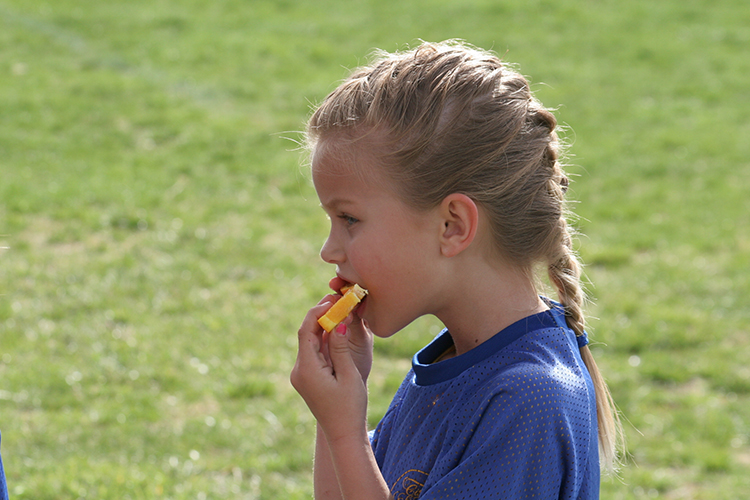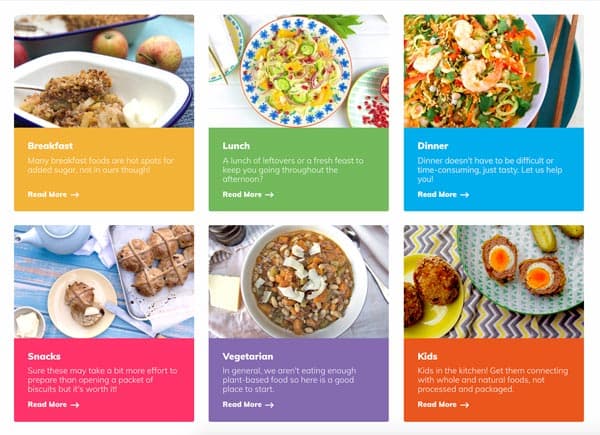Blog
Healthy snacks at kids sports!
Children who eat well are set up for a multitude of health benefits, such as developing healthy bones and teeth, concentrating and learning better, and more likely to develop healthier, mature food preferences and tastes to take into adulthood.
Yet sports clubs and centres, which many Australian children frequent, are becoming dens for sugar-laden junk food.
Regular consumption of sugary and junky snacks can come at a cost, affecting a child’s performance, and preference and expectations for such foods short and long-term.
However, diverting kid’s attention away from such junk is difficult in the face of pervasive marketing and sponsorship, especially of energy and sports drinks.
Liquid fuel
Kids do not need energy or sports drinks – water will suffice.
Energy drinks are a dangerous road to tread – this is not a beverage to mess around with. Sports drinks were originally designed for professional athletes, not Saturday sports. Though they have been advertised as a better alternative to water!
A typical sports drink contains 9 teaspoons of sugar – that is 3 teaspoons over the recommended daily limit for added sugar intake.
Excess added sugar consumption can result in nutritional insufficiencies, tooth decay, type 2 diabetes, obesity (and its related health conditions), and heart disease.1
What to offer kids instead?
Sugary junk food should not be used as a ‘reward’ for participating in practice or play. This sets up an unhealthy relationship to ‘deserve’ junk food that can carry into adulthood, a mindset that offers no physical or emotional benefit.
Young children are easily influenced by those around them. Coaches play a critical role in modelling and setting the standard for what food and drink children can expect from their sports club.2
Real food is the focus and should return to being the norm. Think:
- Fruit – whole or sliced, such as banana, watermelon, mandarin, orange and apple
- Vegetable sticks – such as snow peas, carrot, capsicum, cucumber and celery, served on their own or with hummus or cream cheese
- Plain yoghurt
- Cheese sticks
- Nuts (depending on policies and prevalence of allergies among participants at the club)
- Water – plain or infused with sliced fruit such as lemon or orange, enjoyed before, during and after practice and the game
If up for some fun times in the kitchen, create healthy snacks such as our nutty banana bread balls!
Remember, the occasional treat is okay. We don’t want kids feeling guilty if they have a juice, ice cream or cake every now and then. But these foods should not be expected to be regularly served up at sports, whether part of practice or play.
By Angela Johnson (BHSc Nut. Med)
References:
- World Health Organisation 2015, WHO calls on countries to reduce sugars intake among adults and children, viewed 26 July 2016, <http://www.who.int/mediacentre/news/releases/2015/sugar-guideline/en/>
- Belski, R, Staley, K, Keenan, S, Skiadopoulos, A, Randle, E, Donaldson, A, O’Halloran, P, Kappelides, P, O’Neil, S, & Nicholson, M 2017, ‘The impact of coaches providing healthy snacks at junior sport training’, Australian And New Zealand Journal Of Public Health. Available from: 10.1111/1753-6405.12724. [9 November 2017].












